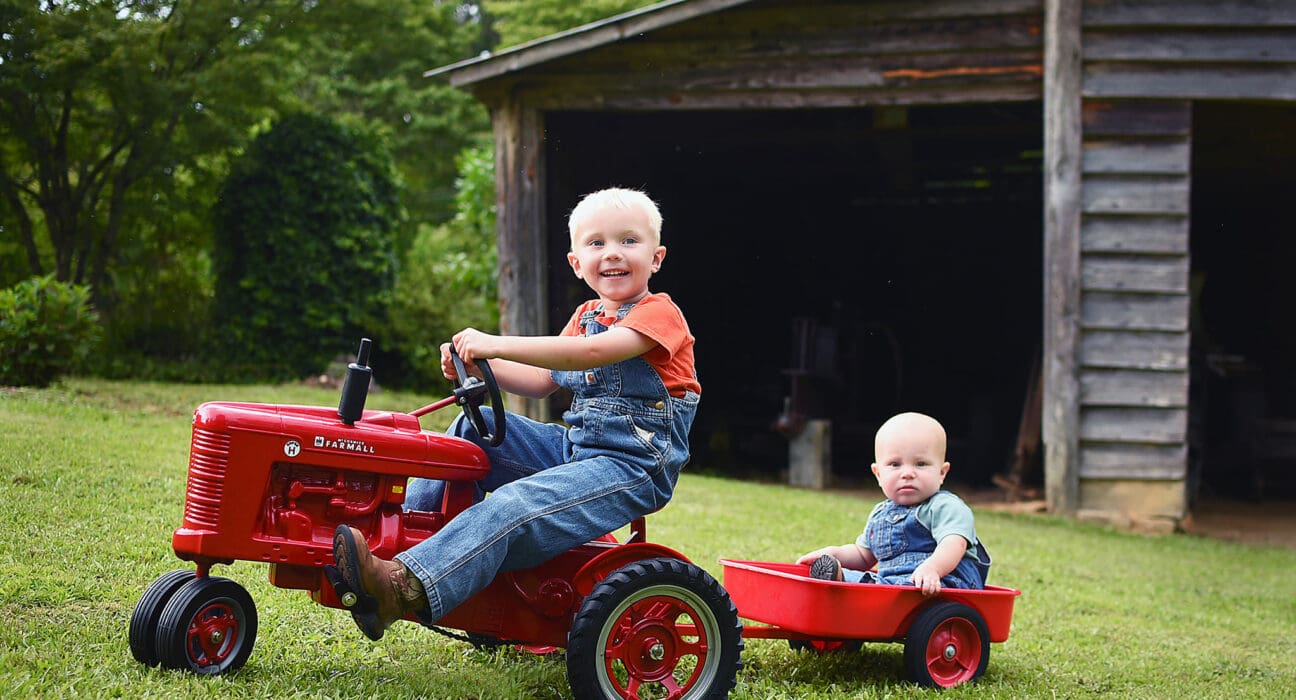How do you get your children to help you garden?
When we were kids, gardening was our chore. We learned to hoe at an early age. The rows of beans, corn, squash, and okra were sometimes long and daunting for us, but we knew it had to be done before we could go inside and watch TV or listen to music. There was no such thing as a PC back then or a cell phone. My father could take the garden to the extreme with extra long rows. It would take hours to hoe the garden back then. We were pretty miserable at times and would stop and pray for a thunderstorm to take us inside. What we thought of as a lot of work back then, I see now, was teaching me lifelong skills or things we humans need to know.
The life skill of growing what you eat has stayed with me all these years. I know how to plant a garden, and sometimes do, on a much smaller scale, like in my new raised bed. Knowing you can grow food provides independence and security, and I believe it is a life skill.
Nowadays, it isn’t that easy to get children involved. There are so many distractions and other activities that take time. There is never enough time! Consider that children are only with you about 18 years before they head off to college. When they become teenagers they can be stretched to the limit with sports and school work. It is probably best to start them out young as gardeners. It’s never too early to get them involved. Even a toddler can place the seeds in the bed for you. Slightly older kids can help plan, prepare, and plant their own pots or beds.
As a teacher, I can tell you that planting a family garden spot can help them academically as well. Depending on the age of the child, involve them in all the steps that you can. Make it fun! They will be learning and not even know they are learning. Here are a few ideas to incorporate learning into the family garden:
- Plan together. Research what would grow best in your garden. Choose plants that will work in your climate. Choose plants that they look forward to eating.
- Start a planning and observation journal. Get a notebook or cheap calendar to keep a log of tasks to do. This will help children understand how long it takes for plants to mature.
- If you can, introduce them to the Farmer’s Almanac. You can buy a printed version or use the online version if you wish. https://www.almanac.com/.
- Let them do the work. Let them get their hands dirty, and let them make mistakes. Humans learn by doing! It is ok to give instructions but don’t be overly critical. If something doesn’t grow, then work together to figure out what happened and how to fix it next time. Give your children ownership of what they are accomplishing.
- If they have success, then by all means, let them do the cooking. Show them how, and let them experiment. Teach them that gardening comes with its own edible rewards.
If space in the garden is a problem, I suggest buying a few cheap pots and planting just a few things to let children learn about plants. Tomatoes grow well in pots, as do a few other vegetables. Do a quick Google search for more information. For local help, visit your local home and garden center.
Planting a garden is a wonderful way to make connections with your youngsters while you are teaching them about the natural world they live in. All those years ago, I never realized that we kids were learning so much. I am thankful that my parents instilled and handed down this knowledge to me. As a parent, I can tell you, it is when you do projects together like this, that you will also be making lifelong memories. Enjoy your spring!



